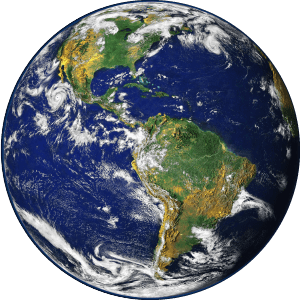GEOGRAPHY
![]()
Up close and personal with maps
Geography teacher Irena Manojlović introduced the topic of the lesson by giving students some basic information in order to recognise distributions and patterns of both human and physical features on the map, e.g. population distribution, transport networks, settlement layout, relief… Everything she discussed with students during the class was adequately accompanied by video presentation.
With an aim to memorize map symbols, students were divided in pairs and they did the card sorting activity. Each group were given two portions of flashcards, one with different map symbols and the other with explanations. They tried to link all of them. It's a great way for students to learn how to read maps – a lot of fun included.
After that, students had an individual activity where they needed to measure the length between two points on the map, in the straight line and by road. For this part, they had additional material: OS map, ruler, rope and calculator. They put the rope on the map between two points and following the road. Having the distance measured by rope, they stretched it across the ruler. In that way the distance was measured in centimetres. Using the scale line, they calculated the distance in km.
![]()
Become a part of a culture to understand it better
During their geography lesson, students took part in a workshop where they were divided into pairs in order to understand the structure of the world’s population and to learn about the world religions. Each pair conducted an investigations and then presented their findings on the teachings and secrets of Christianity, Buddhism, Islam, and Hinduism to their classmates, assuming aliases characteristic of these religions.
Geography teacher Ivan Matejić divided the lesson into three parts. During the first part students worked in pairs and researched the Bible, the Quran, the Tripitaka and the Shruti. After that, in accordance with the religion they explored, students received new names to go along with the religion. Muhammad and Aisha presented the traditions of Islam to their peers. Lakshmi familiarised her peers with Hindu gods Shiva - the destroyer and Vishnu the creator. Milodarka and Jill discussed the similarities and the differences within Christianity, the symbolism of the cross, and Sakjasniha told his peers about the teachings and the philosophy of Siddhartha Gautama.
The „Meeting of Religions” was concluded with everyone agreeing that everyone is equal in their differences, thus promoting the message of peace, tolerance and mutual respect. The workshop was so interesting, useful and insightful that the teacher himself admitted to learning a thing or two from the student presentations even though he had researched different world religions in the past.
Click here to find out more.



















